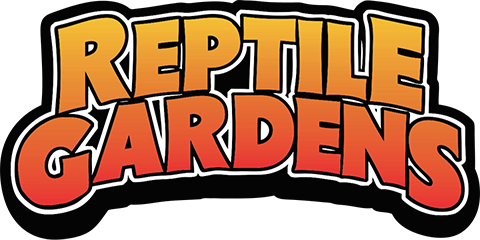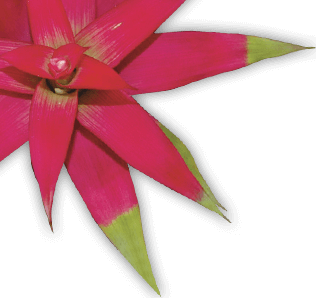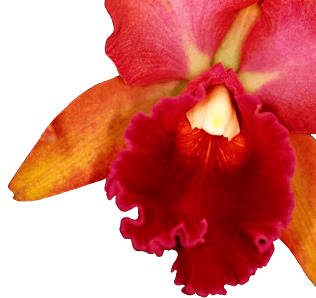Flower photography tips
When photographing flowers, it is easy to be distracted by their overall general natural beauty and hard to overcome the urge to just start snapping frame after frame without much rhyme or reason. While some shots can produce lovely results, try the following tips to hone in on each flowers unique characteristics, and produce some images that pay tribute to a flowers stunning individuality.
1. Select the flower carefully. When choosing one flower (or flowers) to photograph out of a group, find the flower that has the least amount of natural flaws. Things such as wilted or browning petals will be amplified in the photo. Sometimes by just changing the angle of your camera, these often subtle imperfections can be minimized.
2. Get up close. The closer you can get to a flower, the more detail will be captured and will improve the photos composition. The texture of each individual petal and pod will draw interest and create depth in the photograph.
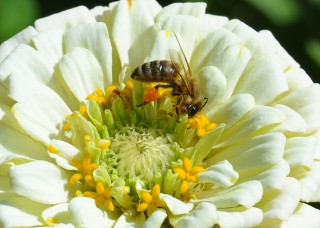
3. Isolate the flower. When you move in close to the intended flower, try to adjust the angle so that there is not a lot of background color. This can be difficult if photographing one flower amongst many, but not impossible. The less the amount of distraction in the background, the more the flower will take center stage in the photo itself. If using a digital or SLR camera, use a wide aperture which will cause the background to be slightly blurry, but keep the flower in clear focus.
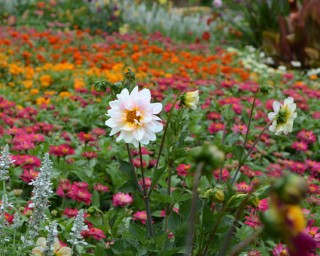
4. Be sure the flower is still. Photographing flowers outside does not come without challenges. Even the slightest breeze can cause your subject to waver and sway, especially those with very thin stems. If the day is particularly windy or rainy, try photographing some indoor flora. If using a digital camera, it may help to keep the image sharp by increasing the shutter speed.
5. Consider the lighting. Harsh lighting or direct sunlight can cause harsh shadows and sometimes wash out the details of the flower in photos. If the day does happen to be very sunny, carry an umbrella to cast your own shadow. Don't be afraid to experiment with bright sunny light; the right angle can produce some dramatic, high contrast images. Overcast or cloudy days provide the ideal light for photographing flowers. Back lighting can also produce some stunning flower images. Again, get creative with angles and locations for optimum results.
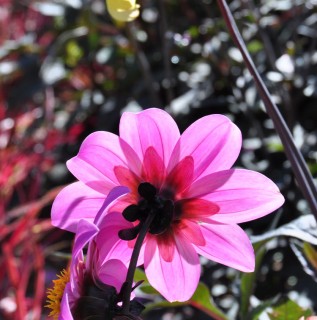
6. Dew drops create additional interest. If you happen to be photographing flowers early in the morning or after a rain shower, take advantage of the opportunity to capture droplets on the petals. The water adds another dimension of texture to the photo, and makes the flowers appear fresh.
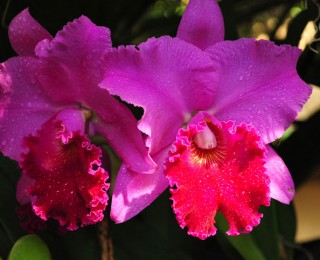
7. Consider the angle. As mentioned previously, the angle can play a crucial role in the final photo. Think outside of the box and get down low by bending, kneeling, or even laying down. Sometimes the best angles take a bit of creativity.
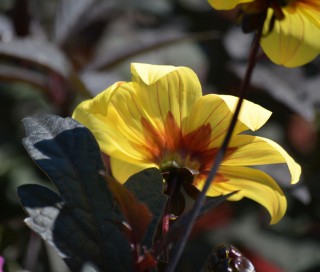
8. Crop your image later. You may find that you have taken some great shots, and all they need is a bit of refining. Most photography software allows you the option to crop your image. This is also an opportunity to crop particular details, and create a new image altogether.
9. But, don't limit yourself to just close-ups. There are plenty of great wider shots that can be quite spectacular or unusual.
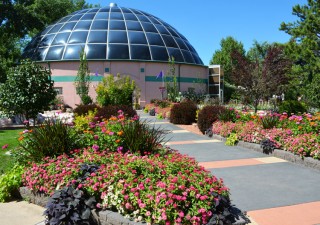
Flowers are all unique and each contains their own special beauty. The next time you are somewhere that has stunning flowers, take the time to get up close and take some pictures — even using your cell phone, and see if you can capture some amazing images. Looking for somewhere with lots of opportunities? Check out the botanical gardens at www.reptilegardens.com.
